Discover the essential tips and tricks for finding the perfect fit in cowboy boots․ Learn how to measure, size, and choose the ideal boots for comfort and style․
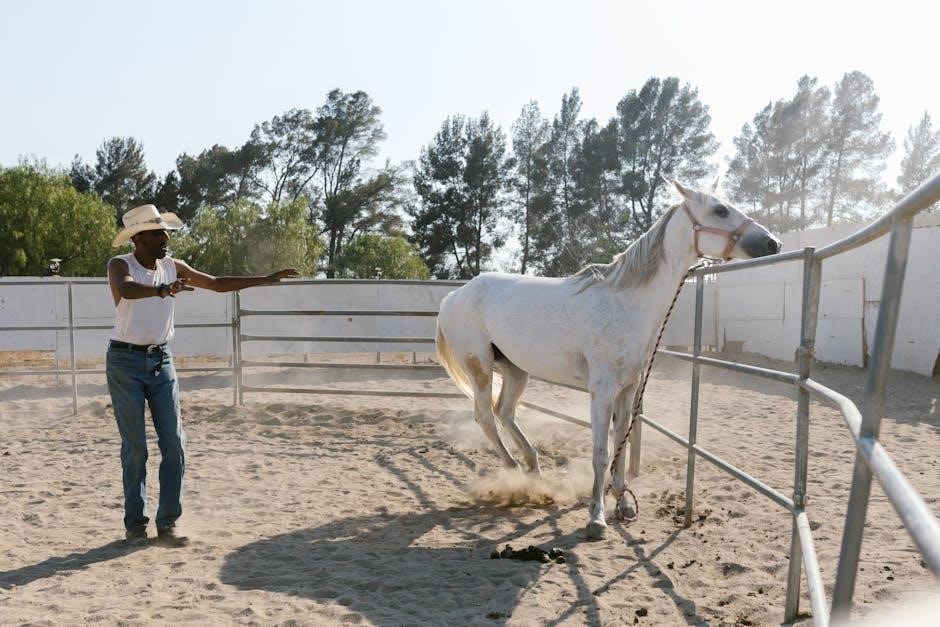
Understanding the Importance of Proper Fit
A proper fit is crucial for comfort, support, and overall satisfaction with cowboy boots․ Ill-fitting boots can lead to discomfort, blisters, and even foot health issues․ Whether for riding, working, or casual wear, boots that fit well ensure optimal performance and durability․ A good fit also enhances the boot’s ability to mold to your feet over time, providing a personalized feel․
Understanding your foot shape, instep height, and width is vital․ Boots that are too tight or too loose can cause friction or instability․ Investing time in measuring and sizing ensures a seamless experience, making every step comfortable and enjoyable․ Proper fit is the foundation of a great cowboy boot experience․
Overview of Cowboy Boot Sizing Challenges
Cowboy boot sizing presents unique challenges due to variations in boot construction and foot shapes․ Unlike regular shoes, cowboy boots often have non-adjustable uppers, making proper fit crucial․ Different boot makers use varying lasts, leading to size discrepancies․ Foot shape, instep height, and width also play significant roles․ Additionally, socks can affect fit, and boots may stretch over time․ These factors require careful measurement and consideration to avoid discomfort or poor performance․ Understanding these challenges helps in navigating size charts and ensuring a perfect fit․ Accurate sizing is key to maximizing comfort and functionality in cowboy boots․

Understanding Cowboy Boot Sizing
Cowboy boot sizing is unique, as boots are crafted on specific lasts, leading to variations in fit across brands; Understanding these differences is key for accurate sizing․
How Cowboy Boot Sizing Differs from Regular Shoes
Cowboy boot sizing differs significantly from regular shoes due to their unique construction․ Unlike standard footwear, cowboy boots are made on specific lasts, which can vary between brands and styles․ This means that a size 10 in one brand might not fit the same as a size 10 in another․ Additionally, cowboy boots often have a roomier toe box and a higher instep, providing a different fit around the foot․ They typically run larger than athletic shoes, so sizing down by a half or full size is common for the best fit․ This unique sizing requires careful measurement and consideration․
Standard Cowboy Boot Size Charts
Standard cowboy boot size charts provide a structured guide to help determine the correct fit․ These charts typically organize sizes by length and width, measured in inches․ Men’s sizes range from 6 to 16, with widths from AAA (narrow) to EEE (wide); Women’s sizes are similarly structured but with different width options․ The charts often include international conversions, making it easier to find the right size regardless of region․ By measuring foot length and width accurately, users can match their measurements to the chart for an ideal fit․ It’s important to note that sizes can vary slightly between brands due to differences in lasts and materials, so consulting the specific brand’s chart is recommended for accuracy․
How to Measure Your Foot Accurately
Measure your foot by tracing its outline on paper or using a Brannock device․ Sit down, place your foot flat, and trace around it with a pencil․ Measure the longest toe to heel for length and the widest part for width․ Feet tend to swell in the afternoon, so measure then for the best fit․ Ensure accuracy by measuring both feet and using the larger measurement for sizing․
Step-by-Step Guide to Measuring Foot Length
To measure your foot length accurately, start by tracing your foot on a piece of paper․ Sit comfortably and place your foot flat on the paper․ Hold a pencil perpendicular to the paper and trace around your foot, ensuring the pencil stays snug against your foot․ Measure the length from the back of the heel to the tip of your longest toe․ Use a ruler to record this measurement․ For the best fit, measure both feet and use the larger measurement․ Repeat the process in the afternoon, as feet tend to swell slightly throughout the day․ This ensures your cowboy boots will fit comfortably at all times․
How to Measure Foot Width for the Perfect Fit
To measure foot width accurately, trace your foot on paper as before․ Identify the widest part of your foot, typically across the ball․ Use a ruler to measure this width․ Cowboy boots offer various width options, from narrow to wide, so precise measurement is crucial․ Note that socks can add up to a half size, so consider this when choosing your boot width․ For the best fit, measure both feet and use the larger measurement․ Measure in the afternoon, as feet tend to swell slightly throughout the day․ Accurate width measurement ensures optimal comfort and support, preventing tightness or excessive room in the boot․
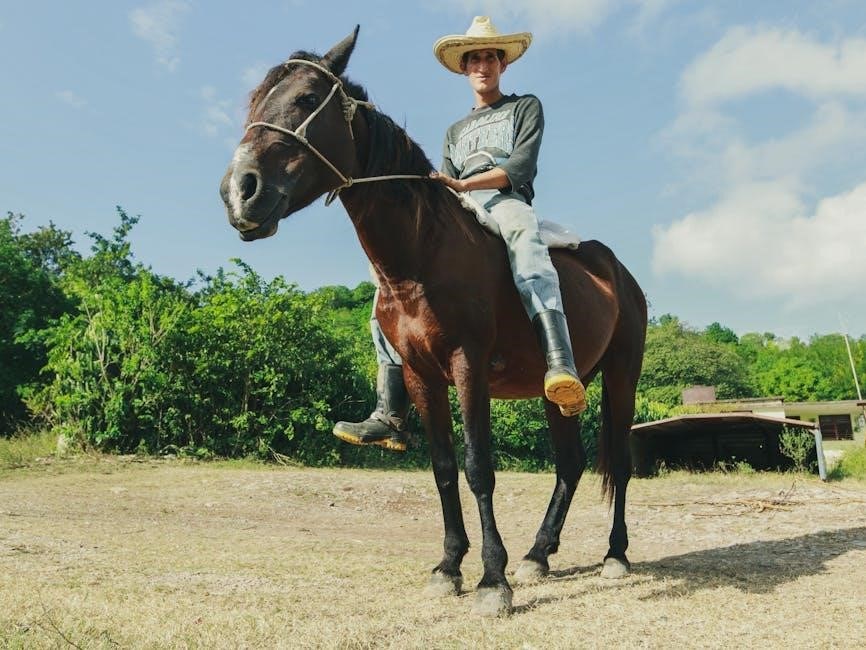
Using a Cowboy Boot Size Chart Effectively
Use a Brannock device to measure length and width․ Compare measurements to the chart, ensuring accurate size selection․ Measure in the afternoon for best fit․
Interpreting Length and Width Measurements
Interpreting length and width measurements is crucial for selecting the right cowboy boot size․ To measure length, trace your foot from the heel to the longest toe using a pencil held perpendicular to the paper․ For width, measure across the widest part of the foot․ Subtract 0․2 inches from each measurement to account for the pencil’s thickness․ Using a Brannock device or a size chart, match your length to the corresponding boot size and your width to the appropriate letter designation (e․g․, D for medium men’s width)․ This method ensures a precise fit, avoiding discomfort and potential sizing errors․ Always measure both feet, as they may differ, and use the larger measurement for the best fit․ Additionally, consider the time of day, as feet tend to swell slightly in the afternoon․ By following these steps, you can accurately interpret your measurements and choose boots that offer both comfort and style․ This process is vital for ensuring that your cowboy boots provide the support and stability needed for everyday wear or specialized activities․ Proper interpretation of these measurements guarantees a seamless fit, enhancing your overall experience with cowboy boots․
Converting Measurements to Boot Sizes
Converting measurements to boot sizes involves matching your foot’s length and width to a size chart․ Use a Brannock device or trace your foot on paper, measuring from heel to toe for length and across the widest part for width․ Subtract 0․2 inches from each measurement to account for the pencil’s thickness․ Compare these values to the boot size chart to determine your size․ Consider that cowboy boots often run large, so you may need to size down․ Measure in the afternoon when feet are largest, and account for sock thickness, as this can affect fit․ Accurate conversion ensures a comfortable and proper fit, essential for both style and functionality․ Proper sizing prevents issues like blisters or poor support, making your cowboy boots a joy to wear․

Factors That Affect Cowboy Boot Fit
Foot shape, instep height, and sock thickness impact cowboy boot fit․ Narrow or wide feet may require specific widths, while instep height affects how securely the boot holds․
The Role of Foot Shape and Instep Height
Foot shape and instep height significantly influence cowboy boot fit․ A narrower foot may require a slimmer boot, while a wider foot needs more room to avoid discomfort․ The instep height determines how the boot hugs the midfoot․ Higher insteps may need boots with adjustable features, like laces, for a secure fit․ Proper alignment ensures support and prevents blisters or pain․ Understanding your foot’s unique characteristics helps in selecting boots that offer both comfort and durability, ensuring a perfect fit for any occasion or activity․
How Socks Impact Boot Size
Socks play a crucial role in determining the perfect fit for cowboy boots․ Thicker socks can add up to a half size to your foot measurement, while thin socks provide a snug fit․ It’s essential to try on boots with the same type of socks you plan to wear regularly․ This ensures the boot size accounts for any additional space needed․ Ignoring sock thickness can lead to boots that are too tight or too loose, affecting comfort and performance․ Always consider your sock preference when measuring and selecting your cowboy boot size for an optimal fit․
Understanding Boot Width Options
Boot width options are a critical factor in achieving a comfortable and proper fit․ Cowboy boots typically come in widths ranging from narrow (A) to extra-wide (EEE), with medium (D for men, B for women) being the most common․ Proper width ensures the boot doesn’t squeeze or slide excessively, which can cause discomfort or blisters․ Measure the widest part of your foot to determine your ideal width․ Some brands offer multiple width options, so it’s essential to consult a size chart or try boots on to ensure the best fit․ The right width, combined with proper length, guarantees all-day comfort and support․
Choosing the Right Cowboy Boot Style
Selecting the perfect cowboy boot style involves considering toe shapes, heel types, and personal preferences․ Styles vary to suit riding, work, or casual wear, ensuring comfort and functionality․
How Boot Toe Styles Affect Fit
Cowboy boot toe styles, such as round, square, or pointed, significantly impact fit and comfort․ Round toes offer a roomier fit, ideal for wider feet, while square toes provide a modern look with slightly less space․ Pointed toes, often narrower, may require a smaller size for optimal comfort․ The toe style affects how the boot sits on the foot, so measuring accurately and trying boots on is crucial․ Additionally, the toe box shape can influence toe movement and overall fit․ Choosing the right toe style ensures both functionality and style, catering to individual preferences and foot shapes․ Always consider the toe style when selecting cowboy boots for the best fit․
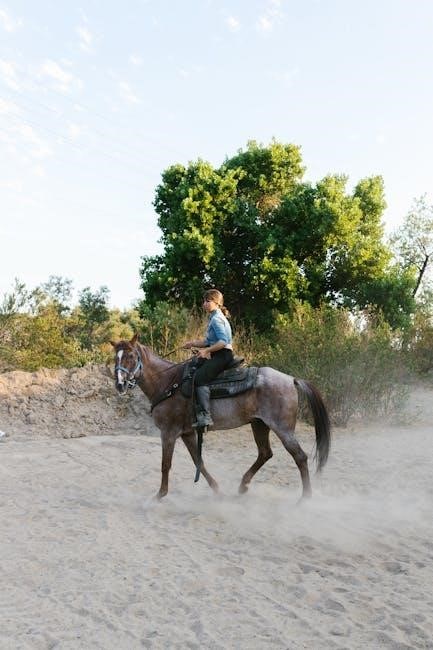
Heel Types and Their Impact on Comfort
Cowboy boot heels come in various styles, each offering distinct comfort benefits․ Low heels, common in most cowboy boots, provide stability and are ideal for everyday wear․ Higher heels, often seen in riding boots, offer better support for stirrup use but may require a break-in period․ Walking heels, designed for comfort during extended wear, feature a more gradual slope, reducing pressure on the Achilles tendon․ The heel type should match your intended use, as it affects both support and mobility․ Proper heel fit ensures comfort and prevents discomfort or blisters, making it essential to choose the right style for your needs and activities․

Common Mistakes to Avoid When Sizing
Overlooking proper foot measurement and failing to consider boot width are common errors, leading to poor fit and discomfort in cowboy boots․
Why Ignoring Foot Measurements is a Mistake
Neglecting precise foot measurements can result in ill-fitting cowboy boots, causing discomfort, blisters, and reduced performance․ Always measure both feet, as they may differ, and account for factors like swelling during the day․ Proper sizing ensures optimal support and prevents issues like tight insteps or excessive movement within the boot․ Using a Brannock device or tracing your foot outline provides accurate data to match against size charts; Inaccurate measurements lead to sizing errors, potentially necessitating returns or adjustments․ Prioritize precise measurements for a comfortable, long-lasting fit․
The Pitfalls of Not Considering Boot Width
Overlooking boot width can lead to significant discomfort and poor fit․ Cowboy boots come in various widths, from narrow to wide, and ignoring this aspect may result in tightness or looseness․ A boot that is too narrow can cause pressure and blisters, while one that is too wide may lack support and stability․ Proper width ensures optimal comfort and performance, especially during activities like riding or dancing․ Always measure foot width and compare it to the boot’s width chart to avoid these issues․ Failing to consider width can undermine the overall fit, making even the right length feel uncomfortable or impractical․
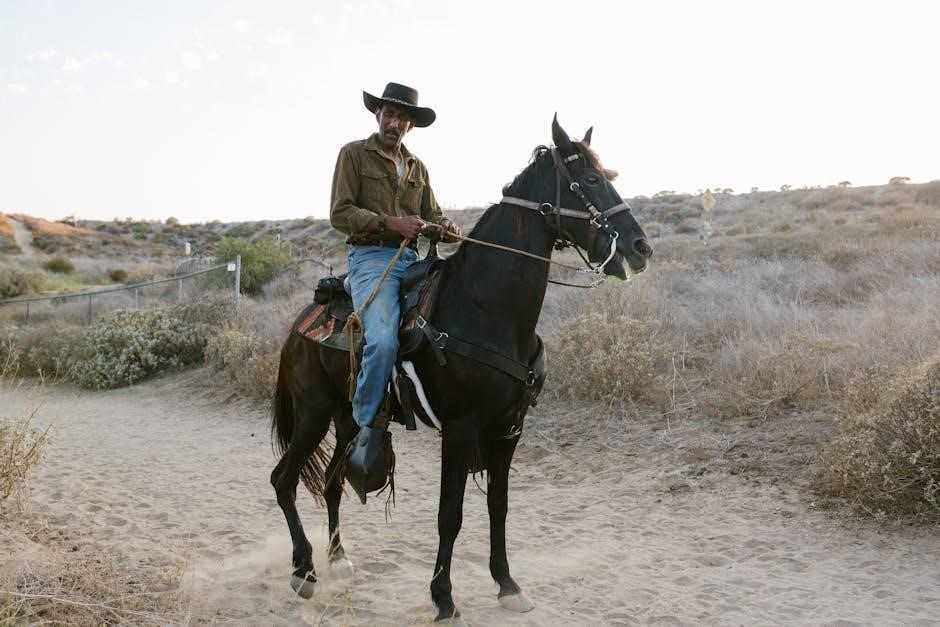
Tips for Ensuring a Perfect Fit
Try boots in the afternoon, wear similar socks, and consider instep height․ Break-in slowly and ensure proper alignment for lasting comfort and optimal performance․
Breaking in Your Cowboy Boots
Breaking in cowboy boots is crucial for comfort and durability․ Start by wearing them for short periods, gradually increasing time as they mold to your feet․ Use leather conditioners to soften the material, and consider wearing thick socks to help shape the boot․ Avoid forcing the boots to conform quickly, as this can cause stretching or damage․ Patience is key, as high-quality leather needs time to adapt to your foot shape․ For the best results, trace your foot outline and compare it to the boot’s fit to ensure proper alignment and comfort during the break-in process․

When to Try on Boots for the Best Fit
For the best fit, try on cowboy boots in the afternoon, as feet tend to swell throughout the day․ Wear the same thickness of socks you plan to use with the boots, as this affects fit․ Ensure the boots feel snug but not tight, with enough room for your toes to wiggle․ The heel should fit securely without slipping excessively․ If possible, try on both boots, as one foot may be slightly larger․ Standing up can help you assess the fit more accurately, ensuring comfort and support․ Proper timing and preparation are key to finding the perfect fit for your cowboy boots․
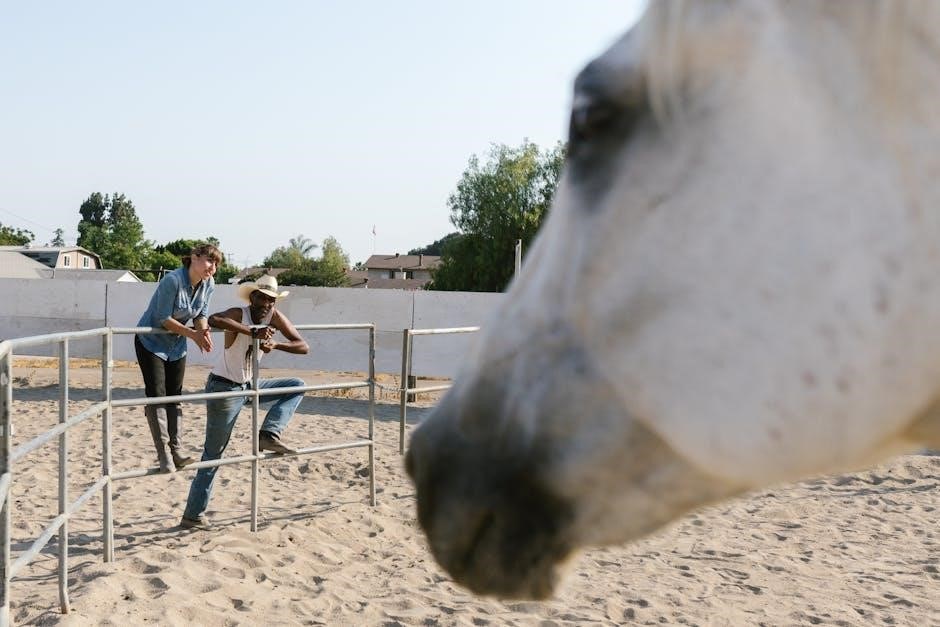
Caring for Your Cowboy Boots
Regularly condition the leather to maintain softness and durability․ Use protective sprays to shield from water and stains․ Store boots in a cool, dry place to preserve shape and fit․
How to Maintain Boot Shape and Fit
To preserve the shape and fit of your cowboy boots, use boot trees or shapers when not in use․ Store them upright in a cool, dry place to prevent warping․ Avoid exposure to direct sunlight or extreme temperatures, as this can cause leather to shrink or stretch․ Regularly condition the leather to maintain its suppleness and prevent cracking․ For suede or roughout boots, use a suede brush to remove dirt and restore texture․ Avoid over-conditioning, as it can soften the leather too much․ By following these care tips, your boots will retain their shape, fit, and quality for years to come․
Care Tips to Extend Boot Life
Regular conditioning with a high-quality leather conditioner will keep your cowboy boots soft and supple․ Apply a waterproofing spray to protect against moisture and stains․ Clean boots regularly with a soft brush or cloth to remove dirt and debris․ Store them in a cool, dry place, away from direct sunlight, to prevent fading and warping․ Use boot trees or stuff boots with paper to maintain their shape when not worn․ Avoid using harsh chemicals or abrasive cleaners, as they can damage the leather․ By following these care tips, you can extend the life of your boots and keep them looking their best for years․
Finding the right cowboy boot size is crucial for comfort and style․ By understanding proper fit, measuring accurately, and using size charts, you can make an informed choice․ Remember, cowboy boots may run larger than regular shoes, and factors like foot shape and sock thickness matter․ Don’t overlook boot width options for the best comfort․ Regular care, like conditioning and proper storage, will extend the life of your boots․ With these tips, you’ll enjoy durable, stylish footwear for years․ Happy trails!
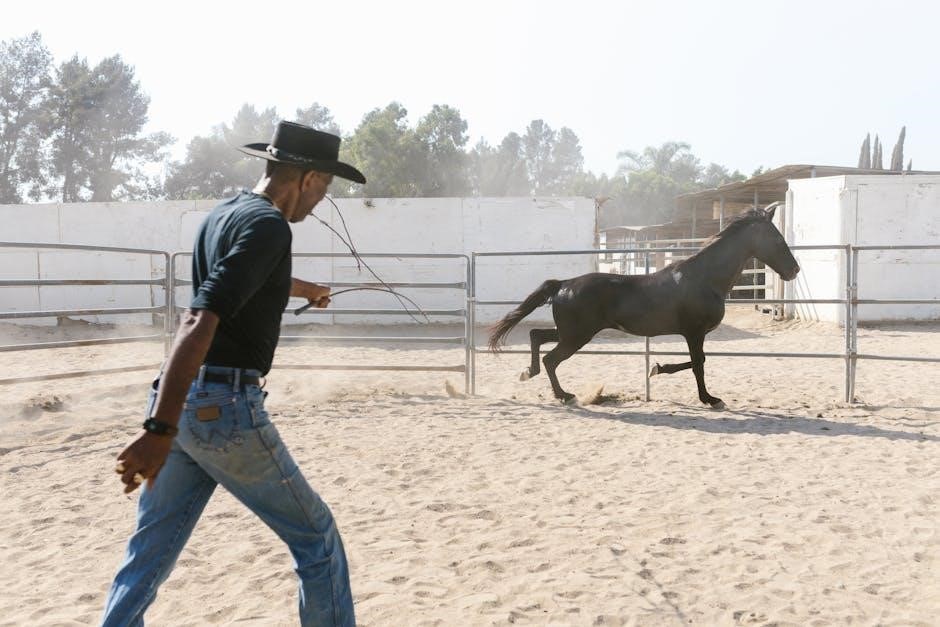
Leave a Reply
You must be logged in to post a comment.